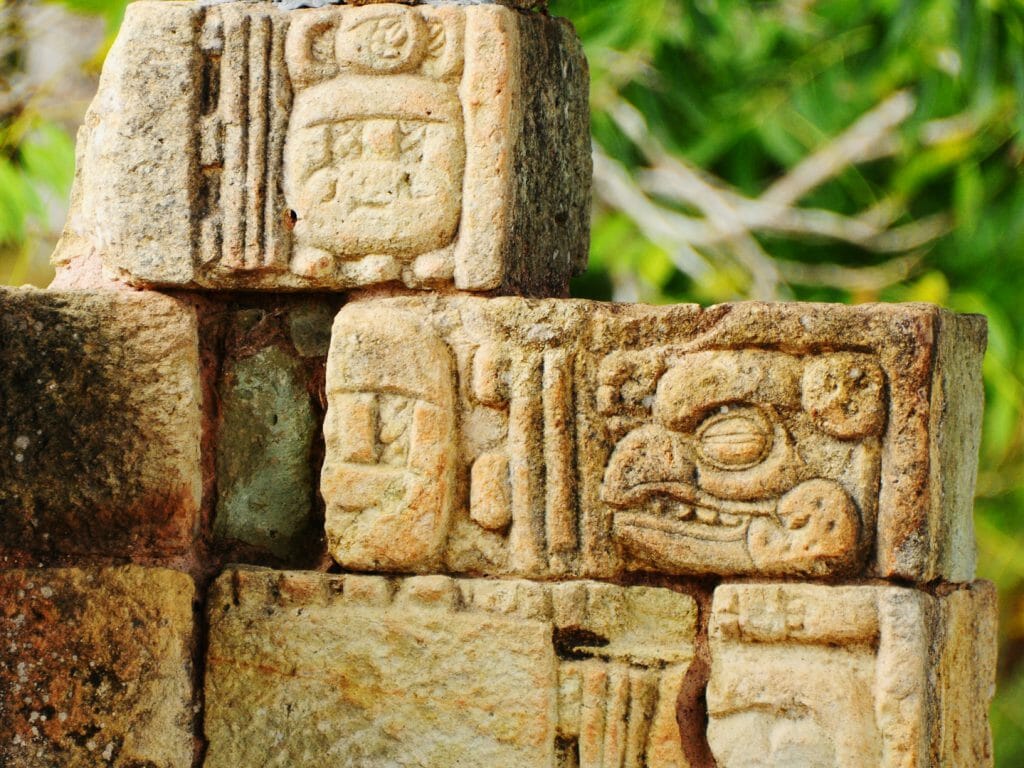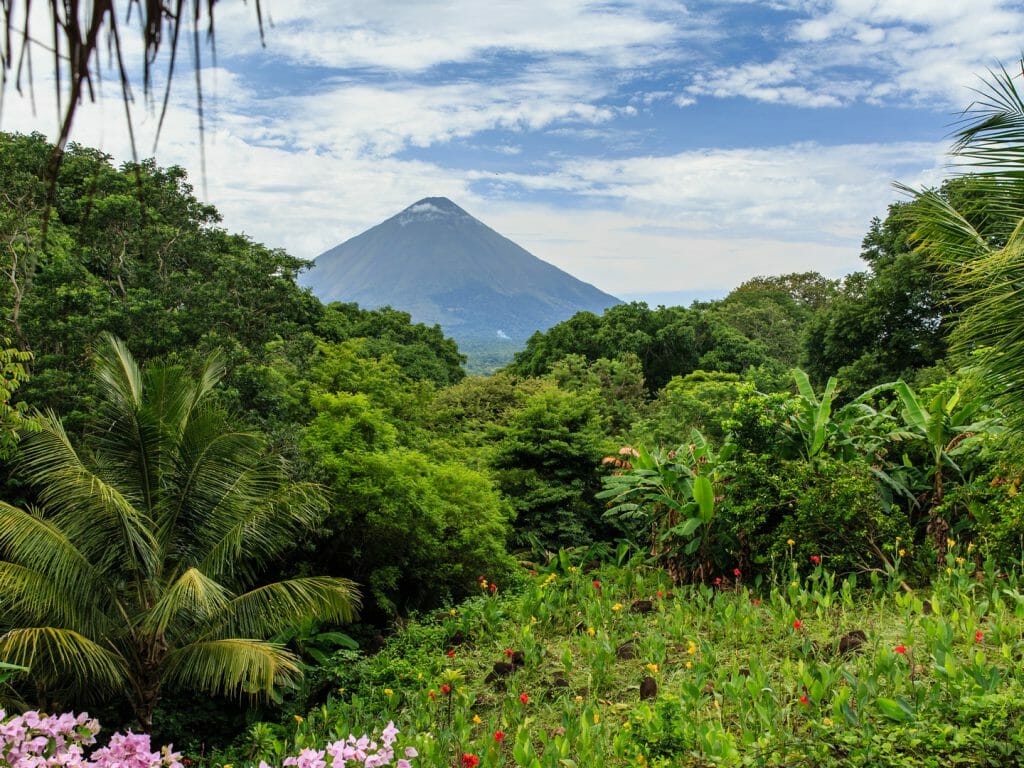“Archaeology validates the political dynasties,” explained David Sedat, world-renowned archaeologist and leading expert on the Mayan site of Copan in Honduras.
Copan was at its zenith from 400 – 800 AD with anywhere from 25,000 to 50,000 people living in a 24 square kilometre area on the valley floor. In its heyday Copan was economically vibrant, a market centre and the most intellectually alive hub. The question is how the Mayans could sustain so many for so long in such a small area.
Copan – or Xukpi as David believes we should refer to it – owes its side to three natural resources. Firstly, obsidian which was a highly prized cutting tool. Secondly for the outcrops of jade – the status distinguisher that was the mark of the elite – that are found 50 kilometres away in Motagua River. And thirdly, cacao that was an important resource that was sacred. “You see the narrative of cacao throughout.”
There is evidence of human habitation as early as 1,300 BC but it was not until AD 426 and the arrival of a nobleman from Teotihuacan in central America, Yak K’uk Mo’ that the Mayan civilisation really flourished. He set up a new royal dynasty that would rule Copan for almost four hundred years.
Macaws screech noisily overhead, flashes of bright raucous colour. We step down into the Great Plaza and I am struck by its size and openness. Where there is now cropped grass, once would have been a thin sheet of water used as a metaphorical reference to the sea. This is the Great Plaza, a powerful illustration of the sun god lifting up the sky to create space and land for the people. It is easy to see how this vast arena once would have held up to 5,000 people in its sway.
David guides me around the site expertly, divulging gems as we go.
“Here we see vestiges of limestone stucco.”
“Life and death are flip sides of the same existence. A consistent theme of the diametrically opposed light and dark.”
It is at the stelae that Davi becomes most animated.
The stelae are considered the finest yet found in the Mayan world. David describes the stelae as a “magnus opus”. It shows the 13th ruler, the somewhat bizarrely named 18 Rabbit who ruled from 695 – 736, in the guise of the Sun God. On one side, facing east, looking down in a trancelike state at the rising sun. On the other side, older, with a beard, 18 Rabbit is looking to the setting sun. Again, the reference to juxtaposition, to balance.
Glyphs were vital to the rulers for the affirmation of the elite and to ensure the continuation of the dominant ideology in future generations. The glyphs on the stelae mark the date of the 5th of December 711, the date of remarkable celestial occurrence. Incredibly the Mayans were able to plot the date of the previous such occurrence two million years ago and the date of the next occurrence two million years into the future. The Mayan calendar has been calculated to be precise to a jaw-dropping two seconds – our modern calendar needs the help of a leap year to reset itself.
David put it rather succinctly, “It is a phenomenal account of how the Mayans see themselves as part of the cosmos.”
Not all Mayans saw it thus. In 737, a provincial leader Causac Sky captured and beheaded 18 Rabbit, turning centuries of Mayan power politics upside down.
Temple 26 was erected by the fifteenth ruler of Copan who was trying to re-establish the psychological spirit and animus of Copan polity following the capture and sacrifice of the thirteenth ruler – 18 Rabbit. It was a political statement to show that society was as strong and flourishing as ever. Temple 26 is a visible tableau, its hieroglyphic stairway is the longest single Maya inscription, the longest single intact statement. 70 steps contain 1,200 glyphs.
The ‘sacrifice’ of 18th Rabbit was linked to a new rain god. The desire, the propaganda, was to try to turn travesty into triumph with the birth of a more beneficial god. The ploy did not work and within 70 years, Copan had fallen into silence.
David has had fifty years to patiently piece together and understand the limits of Mayan culture. I had only a few – albeit very privileged and insightful – hours and remain baffled by the audacity of this civilisation that is no more. A poignant reminder to the hubris in which we live our lives today.







